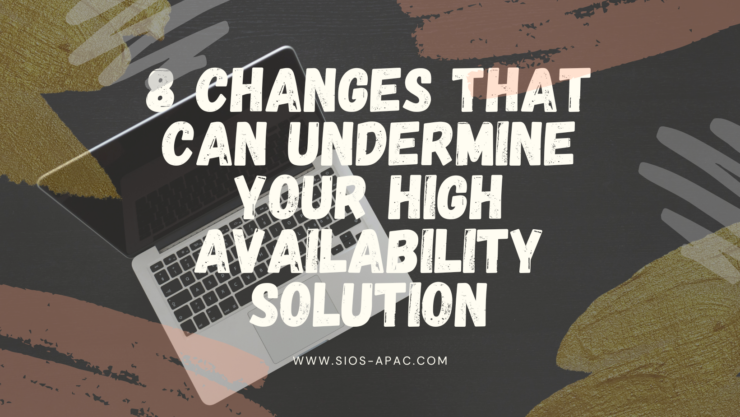3-node Clusters Frequently Asked Questions and Answers
In today’s fast-paced business world, high availability and disaster recovery are essential for ensuring the continuity of operations and avoiding downtime. To achieve this, organizations are increasingly turning to 3-node clusters, which provide a way to increase reliability and protection from local, site-wide and even regional disasters. In this article, we will take a closer look at what a 3-node cluster is, why you might need one, and the different cluster management software solutions available for setting up a 3-node cluster in the cloud.
What is a 3-node cluster?
A 3-node cluster is a group of three interconnected computers that work together to provide increased reliability, availability, and scalability compared to a single node. At least one node in the group is geographically separated from the rest to enable operations to continue in the event of a disaster. Each node in a 3-node cluster can perform the same functions, and if one node fails, the others can take over to provide uninterrupted service.
Why would I need a 3-node cluster?
3-node clusters are typically used in situations where high availability and disaster recovery are required. For example, a 3-node cluster is often used to protect mission-critical applications, such as ERP systems and databases that must be available 24/7. They may be used in on-premises data centers, in the public cloud, or in a combination of both.
How does a 3-node cluster work?
In a typical 3-node cluster, the critical application is run on the primary server node (A) and replicates data to secondary target node (B) located nearby and tertiary target node (C ) located in a geographically separated location. The clustering software monitors the application environment on A and, if it detects a failure, fails over operation to node B. Node B assumes the role of primary node and now must replicate to node C to maintain disaster protection. When operation is restored to node A, the nodes need to be switched back from B to A where A resumes replicating to C.
What software do I need to set up a 3-node cluster?
There are various cluster management software solutions available that can be used to set up a 3-node cluster. Some popular solutions provide the necessary tools and protocols to detect failures, and perform failovers.
Limitations and Challenges of Cluster Management Software Solutions:
While some clustering solutions are available for setting up a 3-node cluster, many have their limitations and challenges to be aware of. Many Linux-based solutions are challenging to set up and configure for those without extensive Linux experience and may not be the best solution for more complex and large scale deployments. Additionally, they may not provide some advanced features, such as automatic failover, which are available in other cluster management solutions. In several popular clustering LInux-based solutions, the failover from A to B, the replication change from new primary B to C and the switchback to original operations is highly manual and prone to errors, making protection of critical applications potentially unreliable. These solutions require specialized skills and knowledge to diagnose and troubleshoot issues that may arise in the cluster and may not be well-suited for large scale deployments.
Adding Nodes to an Existing 3-node Cluster:
The process for adding nodes to an existing cluster depends on the cluster management software you are using. In general, you will need to install the software on the new node and then join it to the existing cluster. You may also need to configure the software to recognize the new node and integrate it into the cluster’s management and failover mechanisms.
What happens if more than one node fails in a 3-node cluster?
This scenario could result in a complete loss of service if the remaining node does not have the necessary resources to continue providing the service. To avoid this, it is important to have a backup plan in place, such as having additional nodes available to take over if necessary or using cloud-based services to provide additional resources.
With the ever-increasing demand for seamless and uninterrupted business operations, having a comprehensive understanding of these crucial aspects can set your organization apart and guarantee its success. From ensuring data protection and minimizing downtime, to providing an overall robust infrastructure, implementing high availability and disaster recovery is a valuable investment for your organization’s future. Embrace the challenge and take the first step towards a more resilient and efficient future by exploring the world of high availability and disaster recovery today!
Contact SIOS today for High Availability and Disaster Recovery Solutions.
Reproduced with permission from SIOS





